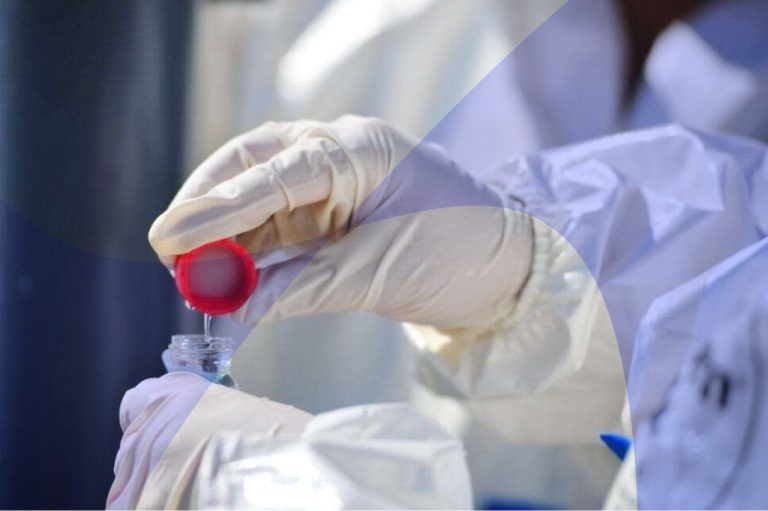As people increasingly turn to artificial sweeteners to reduce sugar intake and avoid health risks like obesity and tooth decay, the environmental impact of these substances is often overlooked. A recent study from the University of Florida has shed light on the potential harm caused by sucralose, a commonly used artificial sweetener, to freshwater ecosystems.
The Role of Blue-Green Algae in Aquatic Ecosystems
Blue-green algae, also known as cyanobacteria, play a crucial role in maintaining the delicate balance of aquatic ecosystems. These microorganisms photosynthesize, producing oxygen and regulating its levels in the marine environment. Additionally, they serve as a vital food source for many organisms, including fish.
Sucralose: Hindering the Growth of Blue-Green Algae
The University of Florida study found that the presence of sucralose in water systems can hinder the growth of blue-green algae. When these microbes ingest sucralose instead of their usual nutrients, they are unable to break it down using the enzymes that typically degrade natural sugars. As a result, their growth is stunted, which can have far-reaching consequences for the entire ecosystem.
Potential Impact on the Food Chain
The disruption of blue-green algae growth due to sucralose can have adverse effects throughout the food chain. As these microorganisms struggle to thrive, the organisms that rely on them as a food source, such as fish, may also be negatively impacted. This can lead to a cascading effect, disrupting the carefully balanced ecosystems once sucralose is released into the water system and the wider environment.
DNA Damage and Genetic Mutations in Freshwater Fish
A 2019 study revealed that the presence of sucralose in water can cause DNA damage and genetic mutations in freshwater fish, such as carp. This finding further emphasizes the potential harm artificial sweeteners can inflict on aquatic life and the urgent need to address this issue.
The Persistence of Artificial Sweeteners in the Environment
One of the most concerning aspects of artificial sweeteners like sucralose is their persistence in the environment. When consumed, these substances are not metabolized by the human body and are excreted, making them low-calorie sugar alternatives. However, this also means that they end up in our water systems, rivers, and soil.
Inadequate Wastewater Treatment
Current wastewater treatment plants are not equipped to remove artificial sweeteners effectively. As a result, these substances persist in the environment, acting as “forever chemicals” that do not easily undergo bacterial decomposition.
Comparison to PFAS
Artificial sweeteners that persist in the environment can be compared to per- and polyfluoroalkyl substances (PFAS), which are synthetic chemicals found in many consumer products. PFAS can remain in the human body for years and have been linked to various health risks, including liver damage, thyroid disease, obesity, infertility, and cancer.
Potential Solutions and Future Research
To address the issue of persistent artificial sweeteners in the environment, it is crucial to develop methods for adequately removing and recovering them from wastewater. One promising approach is the use of biomimetic membranes, which are filtration devices containing naturally occurring proteins that can remove contaminants from water.
Researchers worldwide are working on developing new bioinspired membranes that mimic biological gateways found in nature. These membranes can selectively extract compounds from water at low pressure and with low energy input, offering a potential solution to the problem of artificial sweetener pollution.
The Need for Action and Awareness
This research serves as a reminder that policymakers and water companies must strive harder to minimize the various sources of chemical pollution that can affect water quality in the environment. It is essential to raise awareness about the potential harm caused by artificial sweeteners and other persistent pollutants to aquatic ecosystems.
By taking action to reduce the use of these substances and investing in advanced wastewater treatment technologies, we can work towards protecting our precious water resources and the diverse array of life they support.
